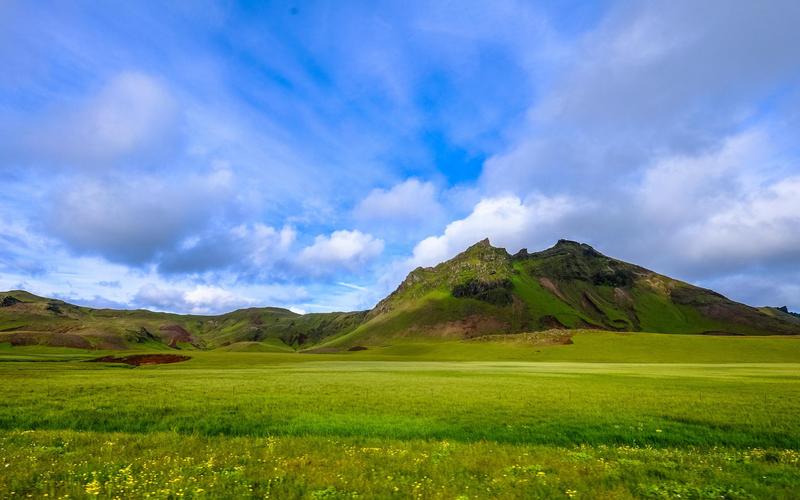New Year is a time of celebration, reflection, and renewal that is celebrated worldwide with unique traditions and customs. While some of these traditions are universal, such as fireworks and countdowns, others are specific to certain cultures and regions, reflecting the diversity of humanity. These cultural New Year traditions are critical in showcasing the unique identities and history of various ethnic groups worldwide. This article will discuss how cultural New Year traditions reflect the diversity of humanity and what we can learn from these traditions.
In Western cultures, the Gregorian Calendar is widely used, which marks January 1st as the beginning of the new year. However, many cultures worldwide have their own calendars, such as the Chinese New Year, which begins on the first new moon of the lunar calendar, usually between January 21st and February 20th. Similarly, in India, the New Year is based on the Hindu calendar and is celebrated in spring, while the Jewish New Year, Rosh Hashanah, occurs in autumn.
The way cultural New Year celebrations take place also varies. In Japan, the New Year is celebrated with a traditional meal consisting of Mochi (rice cakes) and Osechi Ryori (a collection of traditional dishes served in specialized boxes). Afterward, it’s customary to visit a Shinto shrine at midnight to pray for good luck in the coming year. In contrast, many Indigenous communities in Canada celebrate the New Year with a Sunrise Ceremony that includes prayer, song, and dance.
Moreover, New Year’s Eve customs also differ, with fireworks being a commonality regardless of the cultural background. However, some cultures incorporate unique practices, such as breaking dishes in Denmark, jumping over fire in Iran, and wearing red underwear in Latin America for good fortune and fertility.
Cultural New Year traditions also provide us with insights into the beliefs and values of different cultures. For example, the origins of the Chinese New Year can be traced back to mythical beasts and evil spirits that terrorized villages, which is why red is used to scare them away. Similarly, Rosh Hashanah emphasizes introspection and repentance, while the Hindu New Year celebrates renewal and rebirth.
In conclusion, cultural New Year traditions offer a glimpse into the diversity of humanity and how different cultures celebrate new beginnings. By embracing these traditions, we can promote cultural understanding and appreciation while valuing the beauty of diversity.
(Note: Do you have knowledge or insights to share? Unlock new opportunities and expand your reach by joining our authors team. Click Registration to join us and share your expertise with our readers.)
Speech tips:
Please note that any statements involving politics will not be approved.
